Pain indien: llao llao ou cyttaria harioti
4 years ago · Updated 6 months ago
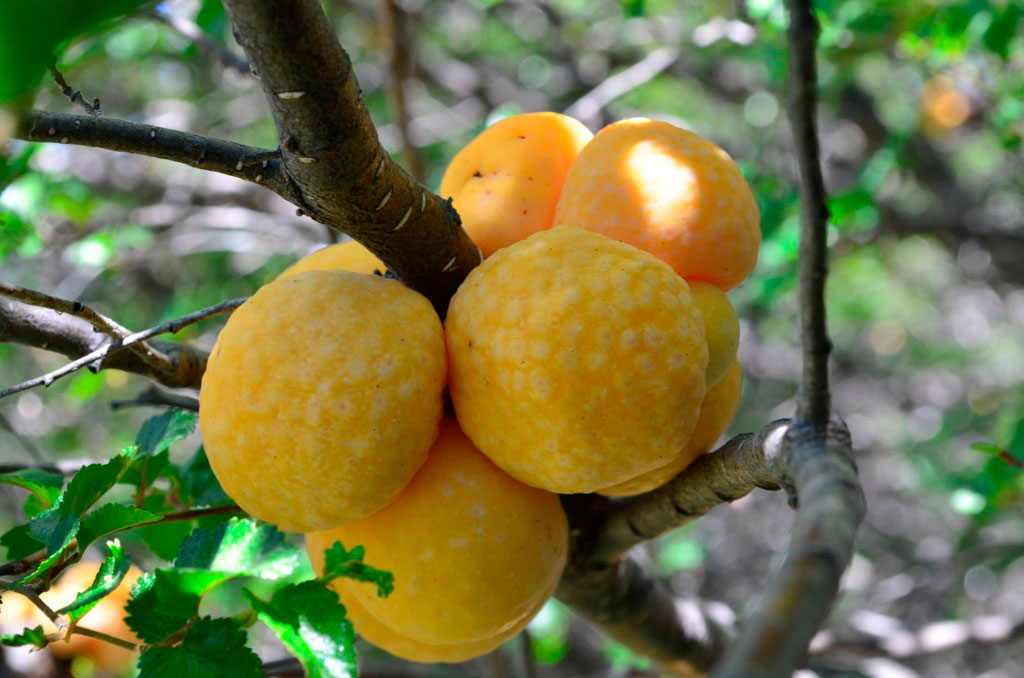
Talking about Cyttaria, Pan de indio or llao-llao in Spain sounds strange. But if we do it in the southern hemisphere, in Chile and Argentina, they'll know right away that we're talking about an edible mushroom.
To describe this species in La Casa de las Setas, we have the collaboration of Gonzalo Romano, PhD in Biological Sciences specializing in mushrooms. He founded the Fundación Hongos de Argentina, which he currently chairs, and also owns a mushroom production company called "Almazul Hongos Comestibles".
Pain de Indio or Llaollao
Within the great diversity of mushrooms that are very well known, today we'll be talking about those with a few peculiarities: today, we're talking about Cyttaria.
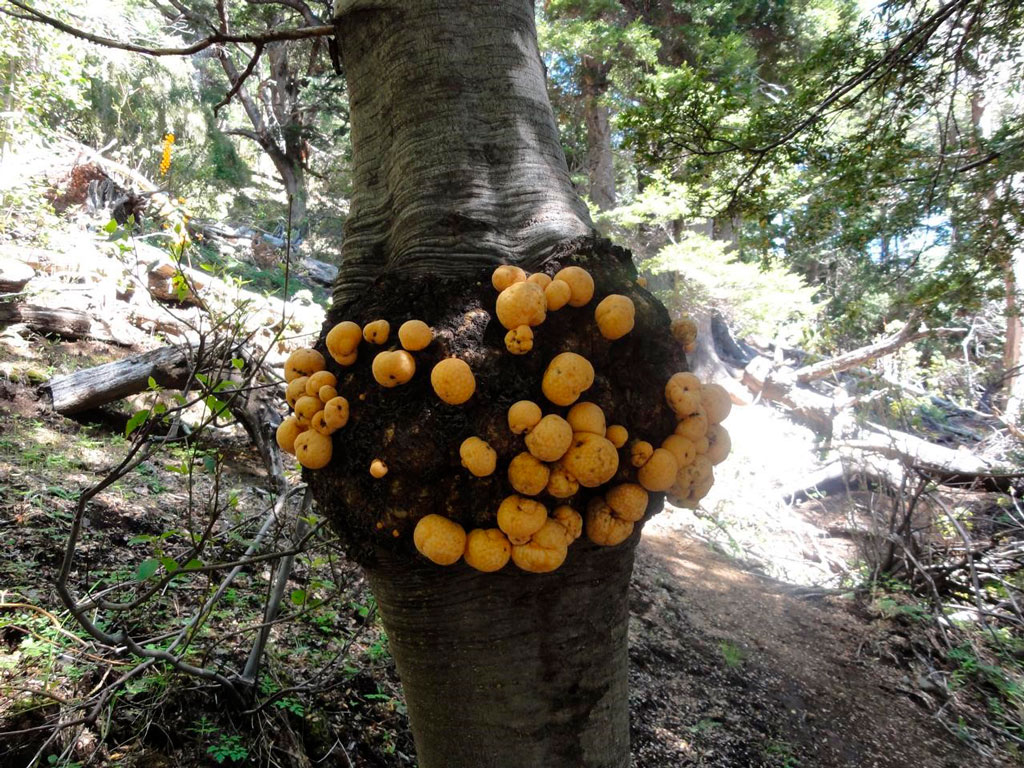
This is a genus of Ascomycota fungi, which has evolved exclusively associated with a genus of trees, the Nothofagus. This is because Cyttaria species are parasitic on these trees, so much so that they will only be present where their host tree is.
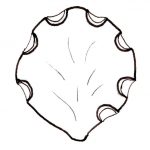
Species of Cyttaria form stromatic apothecia-type fungi, i.e. they form cup-shaped sporomes embedded in a matrix. All fruit mainly in spring. Within the Cyttaria group, we'll find that many generate tumors in the trees they parasitize, this tumor is generated by the tree itself, which, in its attempt to defend itself, begins to release hormones that trigger growth, trying to imprison the fungus.
The most typical sight is to find the tumors, also known as galls, fruiting in spring. There are 11 species within this genus, only one of which does not generate these tumors, and that is the Cyttaria exigua.
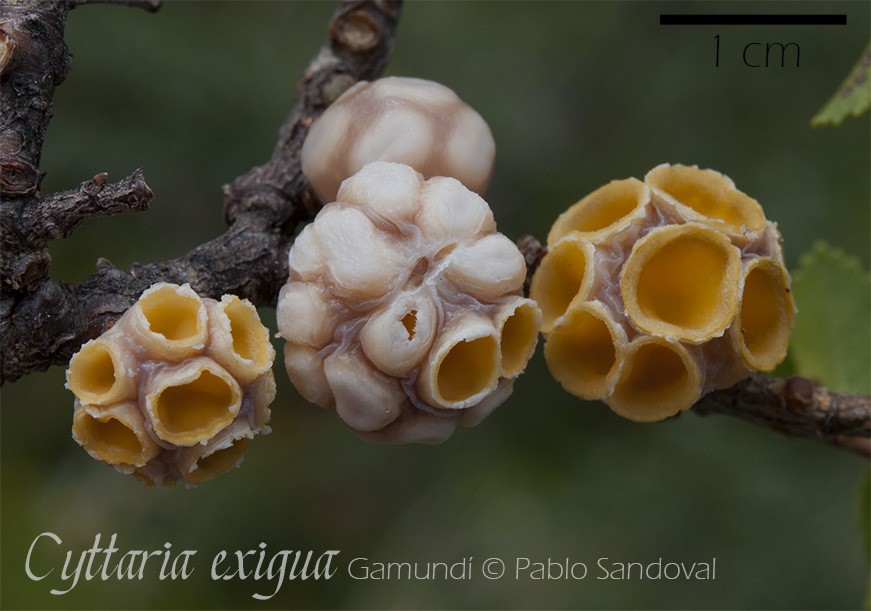
Edible cyttaria
Within this group of mushrooms, we have a few edible representatives, among the best known we have the "llao-llao" (Cyttaria darwinii) and the "Indian bread" (Cyttaria harioti). They are fairly easy to recognize from each other: while llao-llao has a typically orange color, Indian bread is whitish.
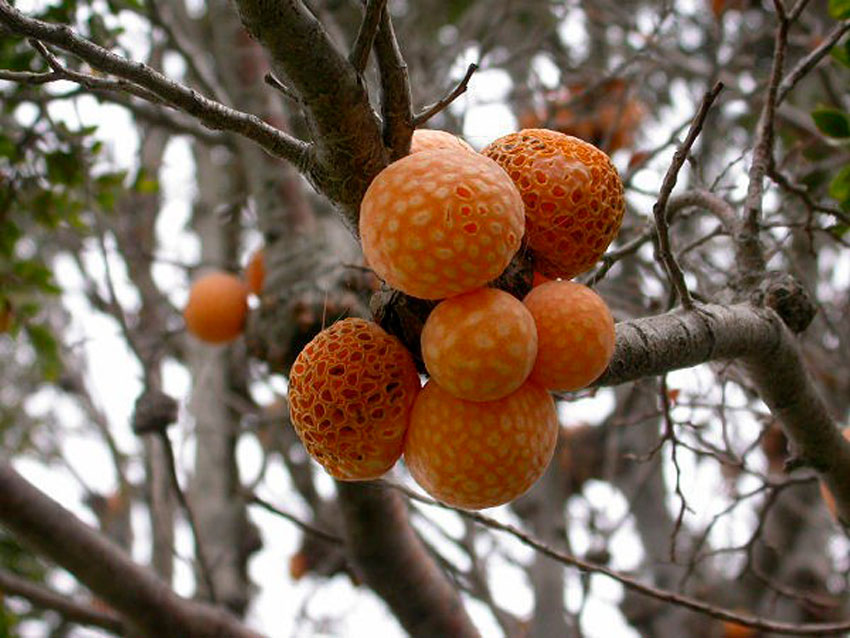
Cyttaria darwinii (NaturaLista)
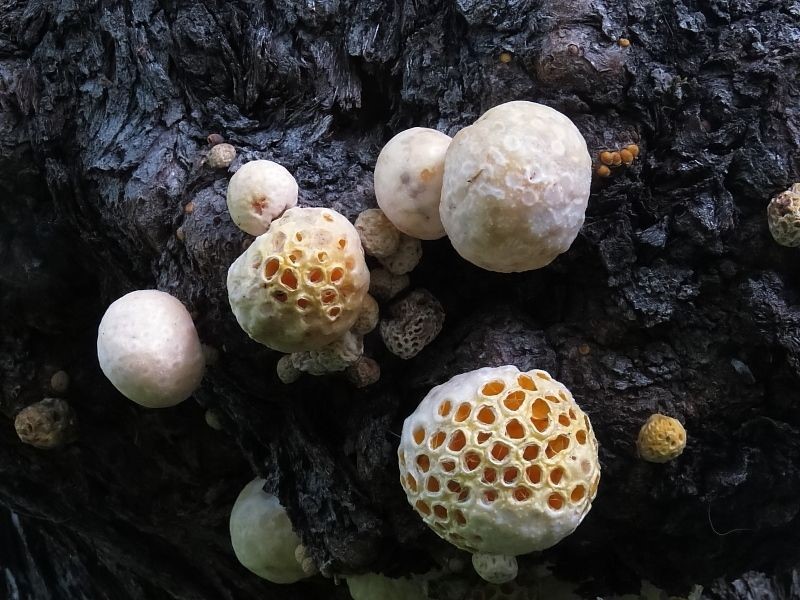
Cyttaria harioti (https: //ar. pinterest. com/pin/331014641336864780/)
Parasites the trunks and branches of Nothofagus
Perhaps most interestingly, as mentioned above, all Cyttaria are restricted to places where Nothofagus is present, which, fortunately for them, is no small thing. Species of Nothofagus form the most widely distributed forests in the southern hemisphere, ranging from 30º to almost 50º south latitude, in both America and Oceania.
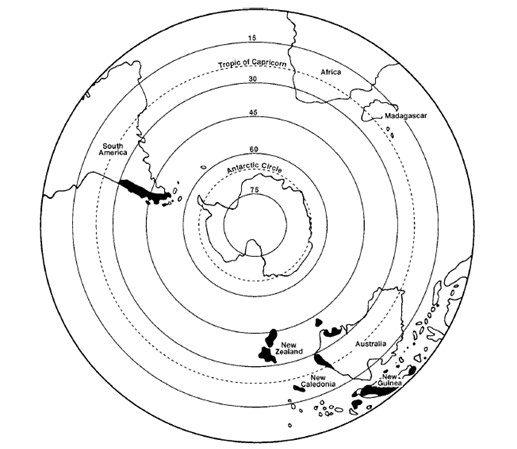
Distribution of the genus Nothofagus in the Southern Hemisphere. From Manos (1997).
More than one species of Nothofagus can be attacked by the same species of Cyttaria, while the same species of Nothofagus can be parasitized by more than one species of Cyttaria. A co-phylogenetic reconstruction of the two groups was carried out with temporal estimates of the origin of Cyttaria around 148 to 112 million years ago, i.e. this group of fungi appeared before the opening of the South Atlantic Ocean, leaving populations completely isolated from each other, leading to their differentiation into different species.
Author Gonzalo Romano
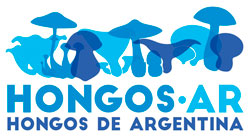
We leave you with a curious video showing the harvesting of these curious mushrooms:
https: //www. youtube. com/watch? v=_VVspeBrcrY

Te pueden interesar